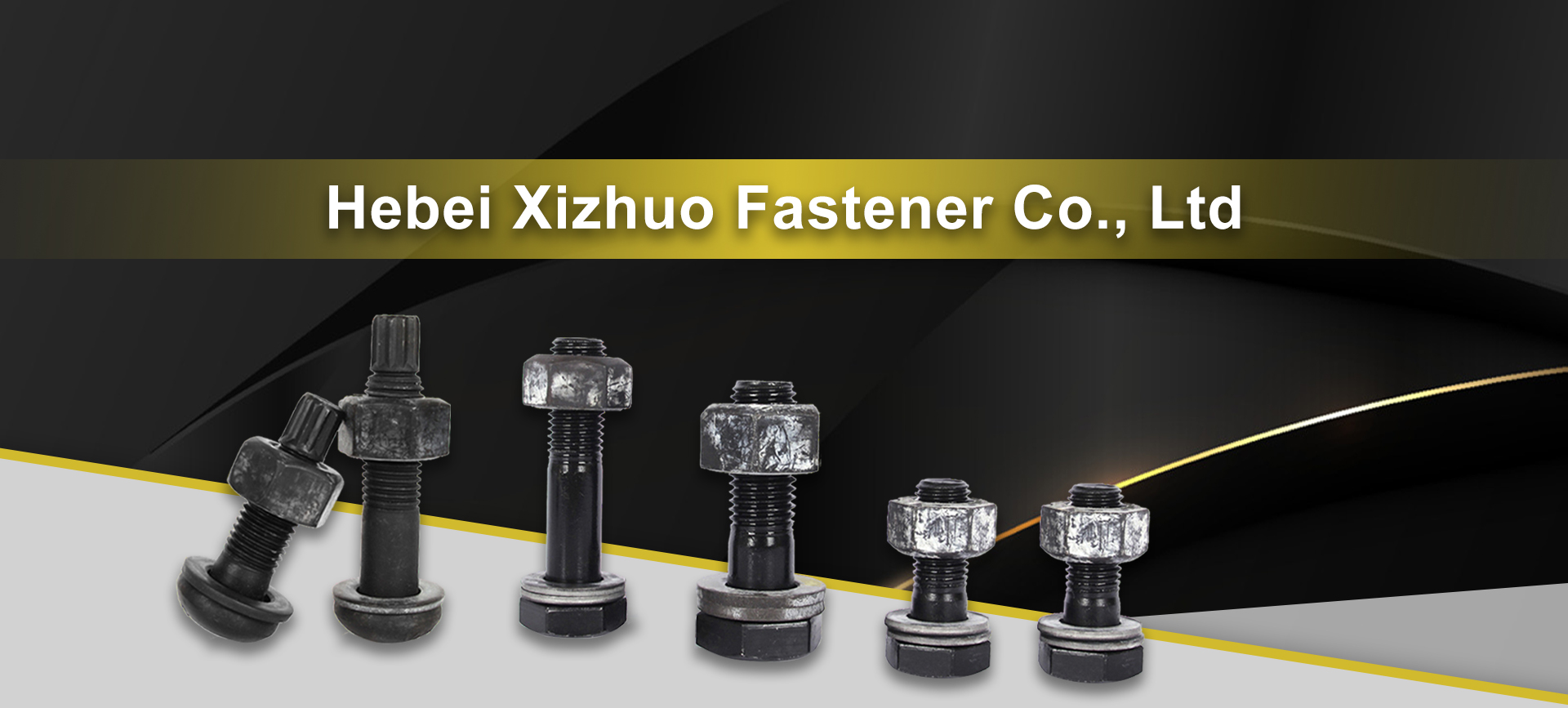Innovative Use of Stainless Steel Bracing for Enhanced Structural Support and Stability
The Advantages of Stainless Steel Bracing in Modern Construction
In modern construction, the choice of materials is crucial for the structural integrity and longevity of buildings. Among various options available in the market, stainless steel has emerged as a popular choice for bracing systems. Its unique properties make it ideal for enhancing the stability and safety of structures, especially in areas prone to seismic activity and extreme weather conditions.
Understanding Stainless Steel
Stainless steel is an alloy primarily composed of iron, with a minimum of 10.5% chromium content. This composition gives the metal its resistance to corrosion and rust, making it an excellent material for outdoor and high-moisture environments. The additional elements such as nickel and molybdenum can further enhance its properties, improving its strength and resistance to localized corrosion.
Benefits of Stainless Steel Bracing
1. Corrosion Resistance One of the standout features of stainless steel is its inherent resistance to corrosion. In locations with high humidity, coastal areas, or where salt is prevalent in the environment, traditional carbon steel can deteriorate over time, leading to increased maintenance costs and potential structural failure. Stainless steel bracing, however, remains resilient and maintains its strength, ensuring the safety and longevity of the structure.
2. Strength and Durability Stainless steel offers an excellent strength-to-weight ratio, making it an ideal choice for bracing. This property allows for the construction of lighter structures without compromising on strength. The durability of stainless steel means that it can withstand the test of time, reducing the need for replacements and repairs.
stainless steel bracing

3. Aesthetic Appeal Many architects and designers appreciate the sleek, modern appearance of stainless steel. Its appealing finish can enhance the aesthetic quality of a building, making it not only functional but also visually striking. Steel’s malleability allows for innovative design solutions, enabling architects to create unique and complex forms that are both beautiful and structurally sound.
4. Sustainability In today’s eco-conscious world, the sustainability of materials is a significant consideration in construction. Stainless steel is recyclable and can be reused without losing its intrinsic properties. This quality contributes to reducing the overall carbon footprint of a project, making it an attractive option for green building initiatives.
5. Low Maintenance The longevity and durability of stainless steel result in lower lifecycle costs. Unlike other materials that may require regular painting or treatment to prevent decay, stainless steel bracing typically requires minimal maintenance. This lower upkeep demand not only saves money but also allows for a more streamlined construction process.
Applications in Construction
Stainless steel bracing is commonly used in various applications, including seismic bracing in buildings and bridges, where structural integrity is paramount. Its ability to absorb and dissipate energy during seismic events makes it indispensable in earthquake-prone regions. Furthermore, it has found applications in off-shore structures, industrial equipment, and architectural frameworks, showcasing its versatility.
Conclusion
Stainless steel bracing represents a fusion of strength, durability, and aesthetic appeal, making it an invaluable asset in modern construction. Its resistance to corrosion, high strength-to-weight ratio, and sustainable properties position it as a leading choice for engineers and architects alike. As the construction industry continues to evolve, the adoption of stainless steel as a primary material for bracing systems will likely increase, ensuring that buildings can withstand the challenges of the environment while maintaining safety and design integrity.
-
Weatherproof Plastic Expansion Anchors for OutdoorNewsJun.06,2025
-
Sustainability in the Supply Chain: Eco-Friendly TEK Screws ProductionNewsJun.06,2025
-
Load-Bearing Capacity of External Insulation FixingsNewsJun.06,2025
-
Double Head Bolts: Enhancing Efficiency in Industrial MachineryNewsJun.06,2025
-
Corrosion Resistance in Chipboard Screws: Coatings for Wholesale DurabilityNewsJun.06,2025
-
Butterfly Toggle Bolts : Enhancing Structural ResilienceNewsJun.06,2025
